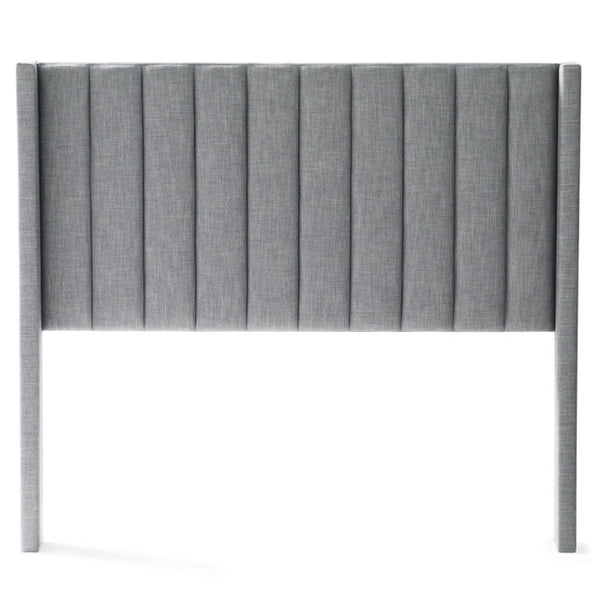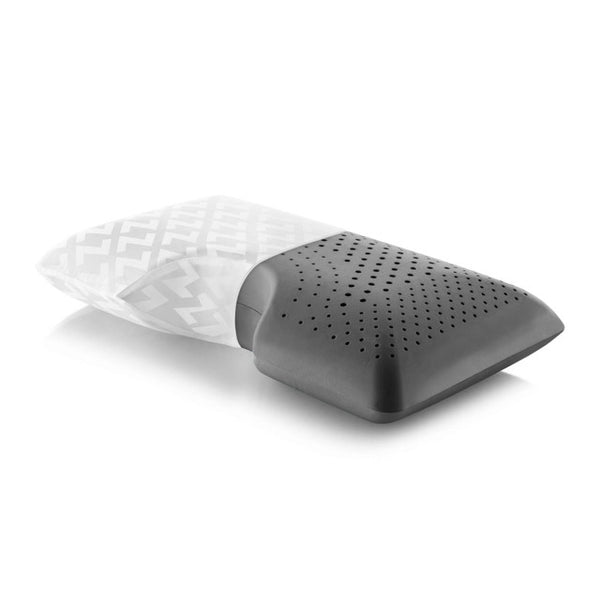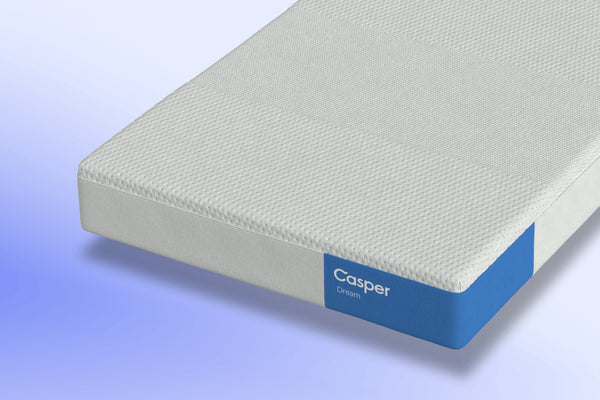
How Often Should You Rotate Your Mattress?
Answer to this question will depend upon the type and design of mattress you own; however, most will benefit from routinely rotating or flipping their mattresses.
Rotating a mattress regularly prevents one area from receiving too much use, which could sag that part of the mattress and disturb its neutral spine alignment, leading to back pain or stiffness, while prolonging its life span.
How to Do It
Mattress rotation is an effective way to extend the life of any bed. By shifting your weight around to various sections of the mattress, shifting body weight prevents lumps and ridges that could otherwise lead to back pain or other health concerns; plus it promotes restful nights' rest!
Most mattress manufacturers recommend rotating mattresses every three months or as directed. Setting an alert or adding them to your calendar can help ensure you remember. Many people also find aligning their rotation dates with annual holidays easier - for instance starting off the year right by rotating on January 1st before doing it again on April Fool's Day and finally on Fourth of July as fall cuddle time approaches.
Rotating your mattress involves flipping it 180 degrees so that the end that was once under your head now rests at the foot of the bed and vice versa. Before performing this step, be sure to strip away sheets, blankets and pillows, nightstands lamps or any furniture near to it such as nightstands lamps etc that may interfere with rotating. Also when dealing with larger beds it may be wiser to seek assistance for lifting and rotating.
Preparation
Mattress manufacturers have long advised consumers to regularly rotate and flip their mattresses in order to prolong their lifespan and maximize overall comfort. Although this advice remains valid for many types of mattresses, memory foam and single-sided models now come equipped with technologies that eliminate this need for flipping or rotating.
Rotating your mattress involves rotating it side to side and changing its position to evenly distribute its fillings, which helps secure its fitting and maintain its integrity. While all mattresses may be rotated safely, certain may need additional precautions taken in order to prevent damage to their structure or loss of their integrity.
All mattresses should be rotated regularly to prevent areas which experience the greatest pressure (typically hips and shoulders) from prematurely sagging. A properly rotated mattress could outlive its counterpart by up to one year!
Before beginning to rotate your mattress, ensure it is in an ideal location and all items have been put away. This will enable you to easily maneuver the mattress without hitting other furniture or items. Also set a reminder in your phone calendar or smartphone so you won't forget! For larger or heavier mattresses that might be difficult to manage solo, enlist a friend as help or ask your partner for assistance when rotating it.
Lifting the Bed
Rotating a mattress regularly will extend its life and prevent indentations from forming, as well as "hammocking," when the mattress sags towards its center, which may cause back problems and make sleeping comfortably difficult.
Mattress companies generally suggest rotating your bed every three to six months depending on the type of mattress you own; memory foam and hybrid mattresses require more frequent turning than innerspring and latex models; for further clarification please contact the manufacturer of your bed.
Setting an alert or reminder on your phone, computer or printed calendar is the simplest way to keep track of when it's time to rotate your mattress. If you plan on rotating once every quarter, try scheduling the initial rotation around April Fools' Day or Independence Day; set another reminder as Halloween approaches for when to repeat this procedure again.
Once it comes time to rotate your mattress, start by moving any nightstands or other pieces of furniture near its head. Make sure there's enough room to turn and lift without obstruction when lifting and turning the mattress, before reattaching its headboard and footboard and placing back any sheets and blankets - taking this opportunity to spot-clean any hard-to-reach spots under your mattress can also be beneficial!
Flipping the Bed
As long as your mattress manufacturer doesn't indicate otherwise, rotating and flipping it every three months is recommended to allow your mattress a chance to recuperate when spreading your weight across its surface. Plus, it helps prolong its lifespan!
Before rotating your mattress, ensure the surrounding area is free from breakable items. As your mattress moves around during its rotation process, it may come into contact with fragile objects like lamps, heaters and other fragile objects which could potentially break. Furthermore, stripping and laundering the sheets and pillowcases before starting is also recommended to make for an easier process.
Many hybrid, memory foam and latex mattresses cannot be flipped due to their one-sided construction; these include hybrid beds with memory foam cushions as well as those constructed of latex. Even so, regular rotation should still take place as too much pressure on one side can lead to sagging and flattening over time.
If your two-sided mattress can be safely rotated and flipped over without damage, flipping can and will likely be done without issue. The exception would be any special features like zoned support designed to provide different levels of support in specific areas such as hips or shoulders. If you own an extra special mattress such as this type, check with its provider to be certain it can be rotated as necessary.









